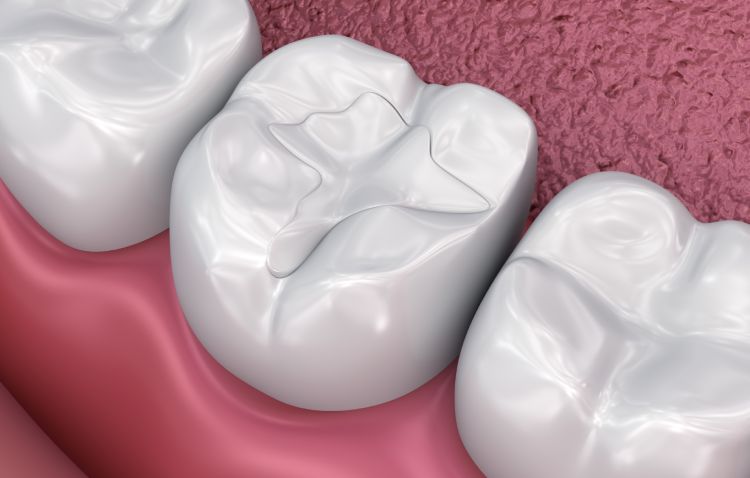Expo Yaletown Dentist
Dental Fillings in Yaletown, Vancouver
Dental Fillings in Vancouver
Dental fillings are a common restorative solution for cavities. If left unchecked, cavities can allow bacteria to enter the tooth and cause extensive decay. Dental fillings are a proactive treatment designed to prevent your teeth from decaying.
What Are Dental Fillings Made Of?
Dental fillings can be made from several different materials. This includes porcelain, ceramic, and metals like gold. However, composite resin is the most common choice because it is easier to match the natural colour of your teeth.
The Dental Filling Process
Your dentist in Vancouver will begin by applying a local anesthetic. Then, they will remove the decayed part of the tooth and rinse it out to ensure it is completely clean. The filling is then applied to the cavity and hardened with a special bonding light.
Dental fillings, also known as dental restoration, is a common procedure that many people have acquired at least once in their lives. However, if it’s been a while since you last had a filling done, or have never needed one for many years, you may be surprised at the new options available. Read on to see how fillings used to be, as well as what’s available today.
Fill out the form below with any questions or comments you may have, and we will contact you shortly.
"*" indicates required fields
Mercury Fillings
The original standard of dental fillings involved squeezing a mold of a metal alloy called dental amalgam. This amalgam contains predominantly silver, hence the common name of silver fillings, but also up to 50 percent mercury. This led to many health concerns, as mercury is toxic even in small quantities.
Despite the mercury in a cured filling not being available as free mercury, and thus having a small risk of entering the patient’s general system, the other concern is that amalgam fillings require undercutting. This is the removal of extra tooth matter to create a better position for the filling to stay within. However, some dentists note that amalgam fillings are stronger than the more popular composite and are still a worthwhile choice for back teeth.
Tooth-Colored Composite
If mercury fillings aren’t appealing for one reason or another, there is no worry because dentists today offer a special composite that requires less of the tooth matter around the cavity or other tissues to be removed. What’s more, the composite is white and translucent, like teeth, so it has a far less chance of standing out in your smile.
Other Filling Materials
Some dentists will offer fillings made of gold and other metals. The advantage of these shiny fillings is that they are strong and last a long time before needing corrections, 10 years at the very least. Then there are ceramics, or porcelain fillings. These look similar to composite resin but will stay whiter because of their resistance to staining. Ceramic fillings can be more abrasive. Therefore, if the tooth is one the tongue regularly touches, it can be distracting. Another issue, of course, is that gold and porcelain are typically more expensive than the above options.
Finally, one of the newer materials available for fillings is glass ionomer, a mix of acrylic material and special silica used mostly for fillings below the gum line or for pediatric dentistry. This experimental filling releases fluoride within the tooth over time, helping protect it instead of just filling the lost material. Most glass ionomers have the shortest life span of all filling types, typically five years or more in more sensitive locations. Talk to your dentist to see if the material and potential benefits of released fluoride make glass ionomer a viable option for you.
Indirect Fillings
This is a recently developed alternative for those with tooth damage that previously was considered too significant for a filling to handle. With indirect fillings, there are two visits. First, the dentist removes the decayed material or any old fillings. Once ready, the dentist takes a thorough impression to record the tooth’s shape, as well as the teeth around it. This impression is used as the basis of the indirect filling, which is developed in a lab.
In the second visit, the developed indirect filling is cemented into the tooth. Between the first and second visit, the patient has a temporary filling to protect the tooth, which the dentist can easily remove on the second visit. Indirect fillings are a great middle option if the tooth doesn’t necessarily require a crown, but there are enough lost or damaged parts of the tooth that a more common filling isn’t viable.
contact Us
Fill out the form below with any questions or comments you may have, and we will contact you shortly.
"*" indicates required fields




